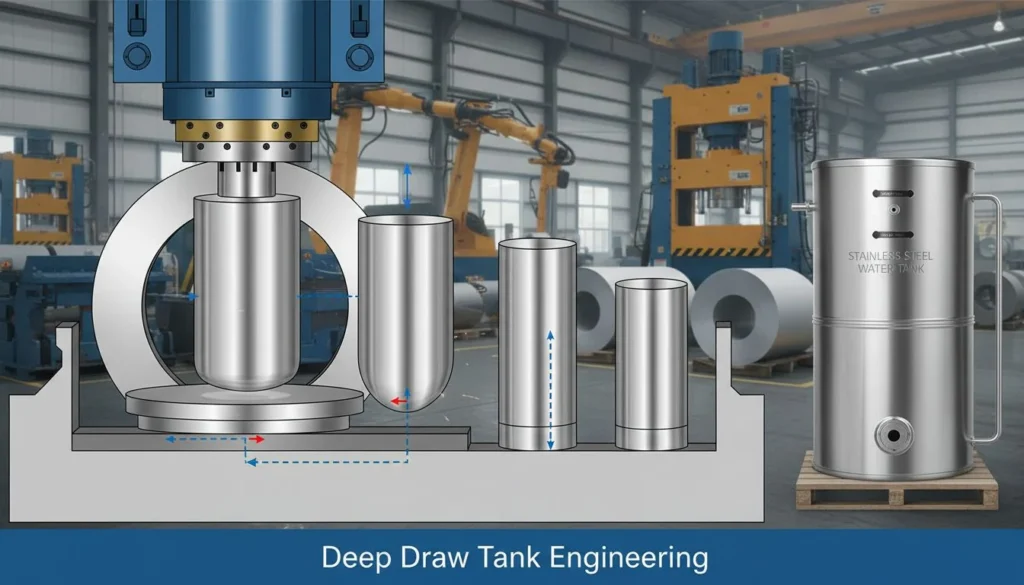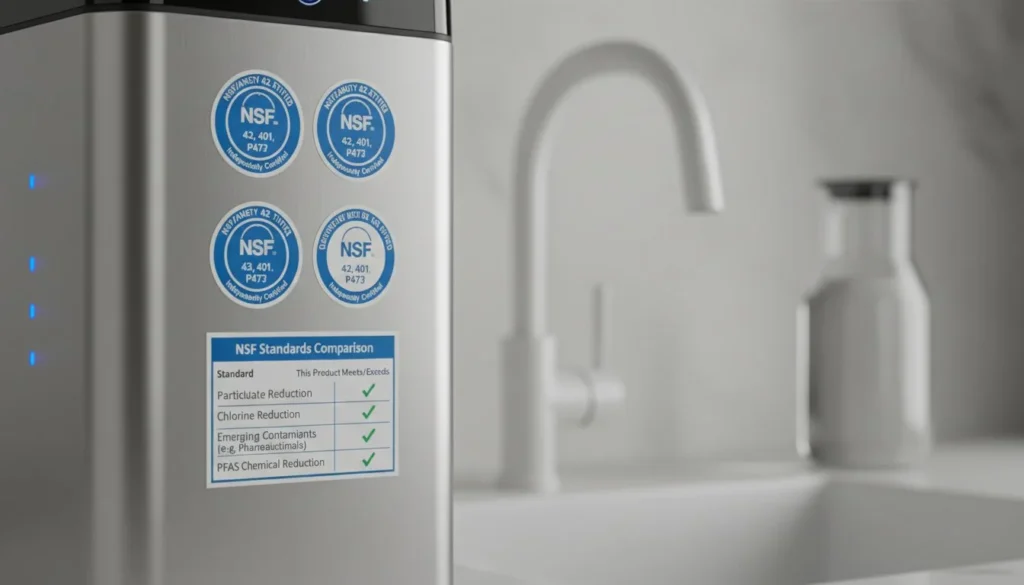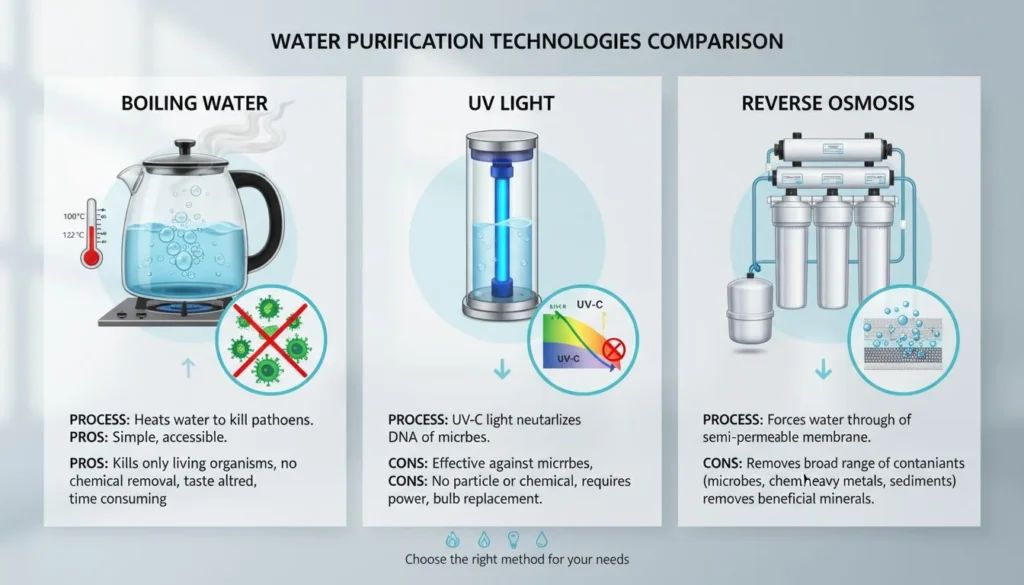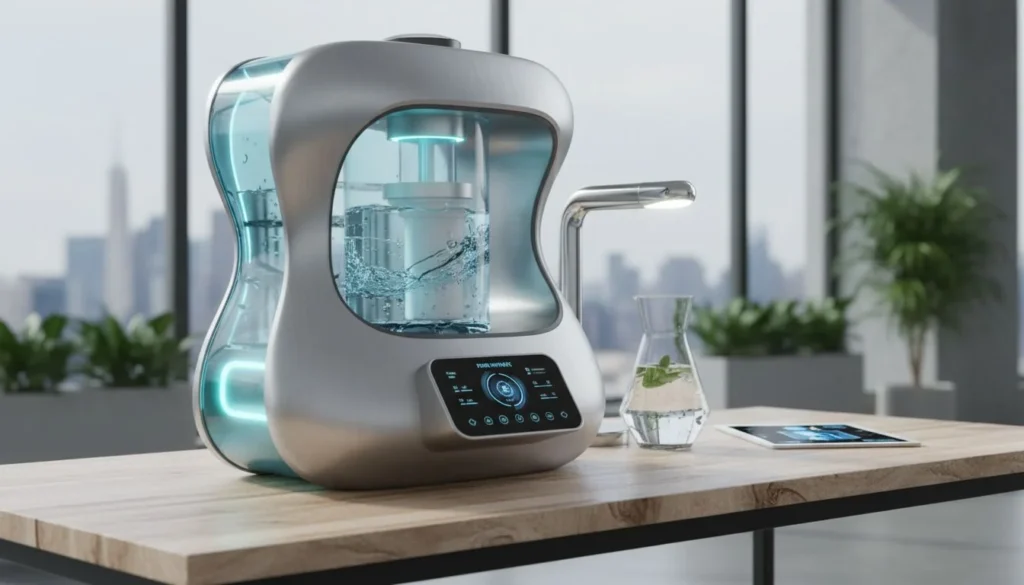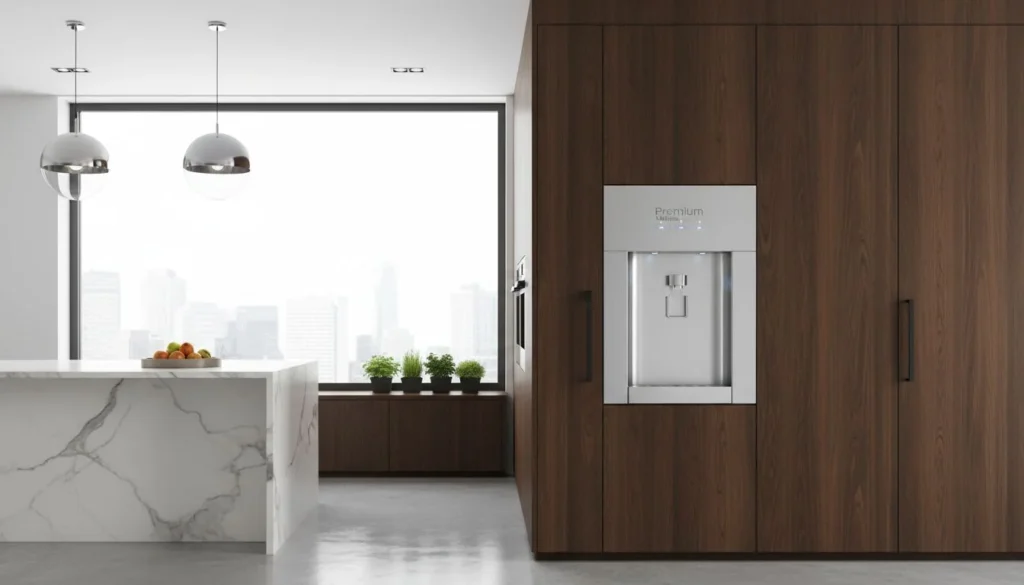
Deciding where to produce air purifiers can feel like standing at a crossroads, each path leading to different opportunities and challenges.
China is generally superior in air purifier production due to its comprehensive supply chain, advanced technology, and cost-effective manufacturing. However, Thailand is emerging as an alternative due to geopolitical factors and tariff considerations.
While China's dominance is clear, Thailand's growing role cannot be overlooked. Let’s dive deeper into the strengths and challenges of both countries to help you make an informed decision.
China is more cost-effective for air purifier production than Thailand.True
China's lower labor costs and economies of scale make it more cost-effective.
What Makes China a Leader in Air Purifier Manufacturing?
China's prowess in air purifier manufacturing stems from a robust supply chain and technological advancements.
China excels in air purifier manufacturing due to its extensive supply chain, cutting-edge technology, and cost efficiency.
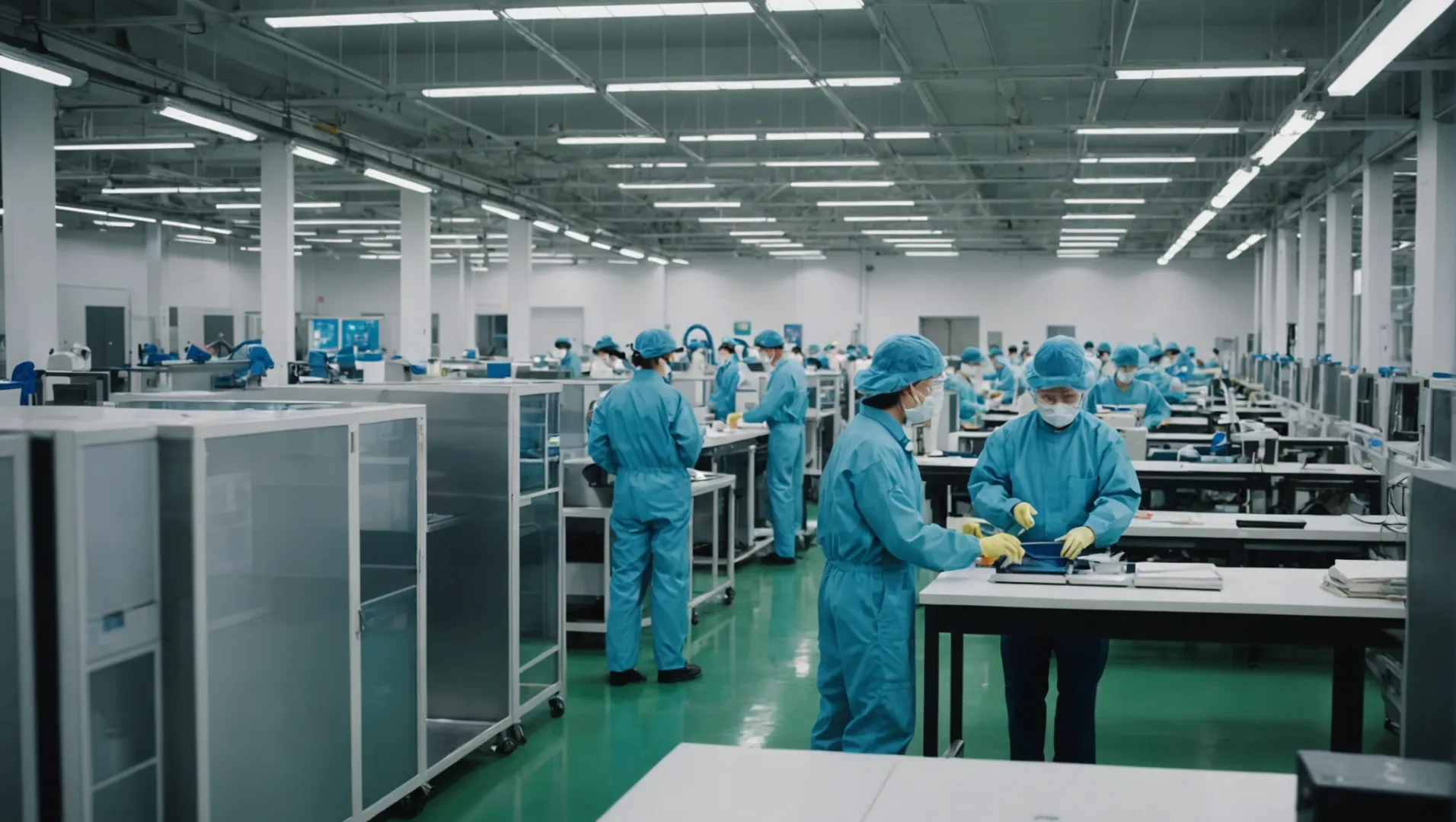
Comprehensive Supply Chain
China's dominance in air purifier manufacturing is largely attributed to its well-established supply chain network1. This intricate web of suppliers and manufacturers ensures a seamless flow of raw materials and components, significantly reducing lead times and costs. The ability to source all necessary parts domestically offers manufacturers the agility to respond quickly to market demands.
Technological Advancements
The Chinese government's investment in technology has propelled the country's manufacturing capabilities to new heights. Advanced automation and innovative production techniques2 allow for the efficient production of high-quality air purifiers. Chinese manufacturers are at the forefront of integrating smart technologies, such as IoT (Internet of Things) capabilities, into air purifiers, enhancing functionality and consumer appeal.
Cost-Effective Manufacturing
With labor costs still relatively low compared to other industrialized nations, China maintains a competitive edge in manufacturing costs. The economies of scale achieved by large-scale production further drive down unit costs, making Chinese air purifiers more affordable for global consumers.
Strategic Geographic Location
China's strategic location allows easy access to Asian and global markets. This geographic advantage enables manufacturers3 to distribute their products efficiently and cost-effectively, reaching a broader customer base.
Challenges and Considerations
Despite these advantages, challenges such as rising labor costs and environmental regulations pose threats to China's dominance. Moreover, the global political landscape and trade tensions necessitate strategic shifts in production locations to mitigate risks. Adopting a China+1 strategy, where companies diversify their manufacturing base beyond China, is becoming increasingly popular among businesses seeking to balance risk and opportunity.
In summary, while China leads in air purifier manufacturing due to its robust infrastructure and technological prowess, ongoing geopolitical shifts require careful consideration by manufacturers when planning their production strategies.
China's air purifier supply chain is mostly international.False
China's supply chain for air purifiers is primarily domestic.
Chinese air purifiers often include IoT capabilities.True
Chinese manufacturers integrate smart technologies like IoT in purifiers.
How Do Tariffs Affect Air Purifier Production Choices?
Tariffs significantly impact where manufacturers choose to produce air purifiers, influencing both cost and strategy.
Tariffs can drive manufacturers to relocate air purifier production by increasing costs, thus affecting strategic decisions on sourcing and location.
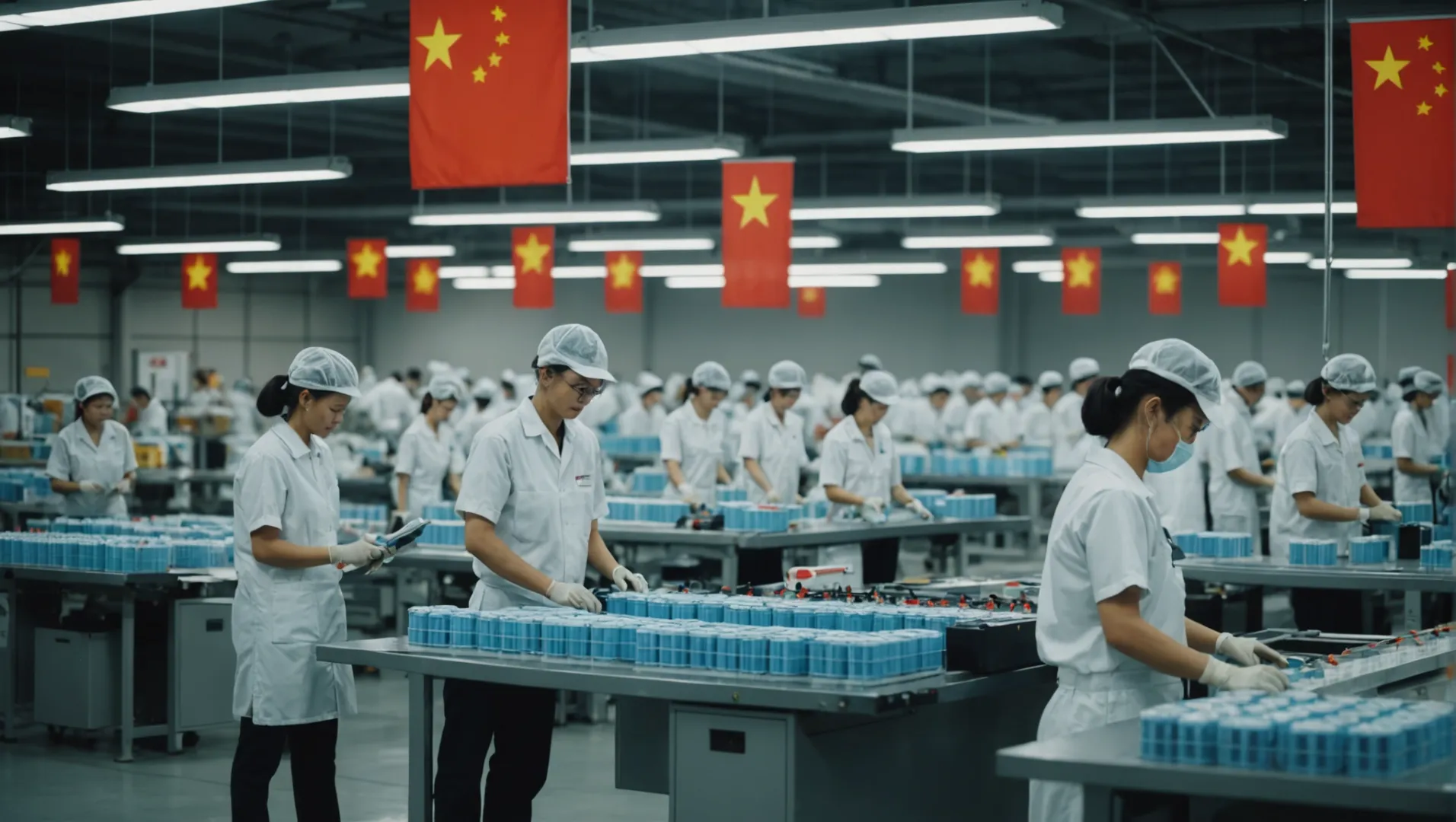
Understanding Tariffs and Their Implications
Tariffs are taxes imposed on imported goods and can have profound effects on global trade dynamics. For air purifier manufacturers, these additional costs can make a substantial difference in production decisions. Higher tariffs on Chinese exports to the U.S., for instance, have led some manufacturers to consider alternative locations like Thailand.
China's Tariff Challenges
With the U.S. imposing tariffs on Chinese imports, air purifier manufacturers have faced increased costs. This scenario prompts companies to evaluate whether to absorb the extra expense or shift production elsewhere. The critical factors are the level of tariff and the cost difference between manufacturing in China and other countries.
For example, if the U.S. imposes a 60% tariff on Chinese air purifiers, the cost benefits of producing in China could be negated, making Thailand a more attractive option despite its slightly higher production costs.
| Factor | China | Thailand |
|---|---|---|
| Tariff Impact | High | Low |
| Production Cost | Lower | Higher |
| Supply Chain Efficiency | Excellent | Developing |
Thailand's Emerging Role
Thailand presents a viable alternative for manufacturing air purifiers, especially in response to trade barriers. While it may not match China's efficiency or comprehensive supply chain, Thailand offers a strategic advantage by avoiding high tariffs. This is crucial for maintaining competitive pricing in the U.S. market.
Nevertheless, manufacturers must manage the R&D collaboration4 between Chinese and Thai teams to ensure product development continuity.
Strategic Considerations for Manufacturers
The decision to relocate production due to tariffs involves analyzing several factors: logistical feasibility, supply chain management, and potential risks. The "China+1" strategy, which diversifies production across multiple countries, is gaining traction as a means to mitigate tariff-related risks.
Exploring alternative markets5 like Southeast Asia not only helps avoid tariffs but also opens new consumer bases. However, the transition requires careful planning and investment in building local capabilities.
Ultimately, while tariffs can heavily influence production choices, they also present opportunities for strategic re-alignment and innovation in supply chain management.
Tariffs on Chinese exports to the U.S. are 60%.True
The context mentions a 60% tariff on Chinese air purifiers in the U.S.
Thailand has lower production costs than China.False
Thailand's production costs are higher than China's, as per context.
What Are the Advantages of Producing Air Purifiers in Thailand?
Exploring Thailand as a hub for air purifier production reveals strategic advantages amid changing global trade dynamics.
Producing air purifiers in Thailand offers advantages like reduced tariffs for U.S. markets, strategic location in Southeast Asia, and emerging manufacturing capabilities, making it a viable alternative to China.
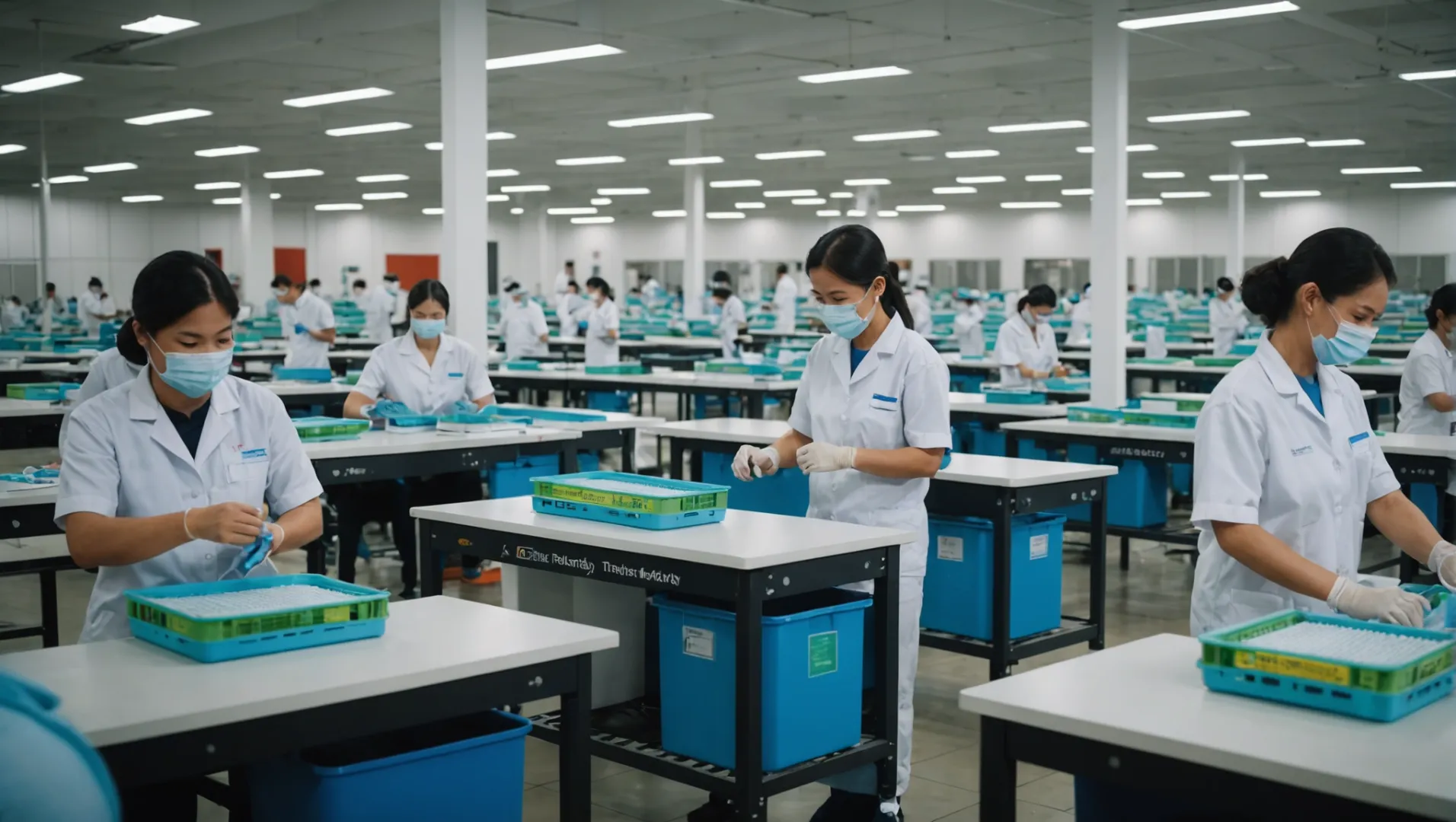
Strategic Geopolitical Position
Thailand's location in Southeast Asia positions it advantageously for companies looking to expand into ASEAN markets6. With its proximity to major Asian countries, manufacturers can easily access a wide range of raw materials and distribute products efficiently across the region.
Tariff Benefits
In recent years, trade policies have created challenges for manufacturing in China, particularly with increased tariffs on exports to the U.S. Thailand offers a strategic advantage here, as products manufactured in Thailand can bypass some of these tariffs, reducing costs for companies targeting the American market.
Emerging Manufacturing Capabilities
Although China's infrastructure for manufacturing is unparalleled, Thailand is rapidly developing its own capabilities. Investment in industrial parks and technology hubs is increasing, providing new opportunities for companies to set up production facilities that are modern and efficient.
| Factor | China | Thailand |
|---|---|---|
| Supply Chain | Comprehensive | Developing |
| Tariffs (US Market) | High | Lower |
| Production Cost | Lower | Slightly Higher |
| R&D Infrastructure | Advanced | Growing |
Challenges and Considerations
Despite these advantages, producing air purifiers in Thailand does come with challenges. Most components and raw materials still need to be imported from China, which can increase production costs by 10-15%. Furthermore, establishing a research and development (R&D) base in Thailand may require additional investment due to the scarcity of experienced professionals in the field.
To leverage the benefits of manufacturing in Thailand, companies often maintain a dual strategy. They keep their R&D operations in China to utilize the existing expertise while moving production to Thailand to take advantage of lower tariffs and expand their market reach. This "China+1" strategy is increasingly popular among firms looking to diversify supply chains7.
Thailand offers lower tariffs for US air purifier exports.True
Thailand's trade agreements allow for reduced tariffs compared to China.
Thailand's manufacturing costs are lower than China's.False
Thailand has slightly higher production costs than China.
Is China+1 Strategy the Future of Air Purifier Manufacturing?
The "China+1" strategy is gaining traction among manufacturers seeking to diversify their production bases beyond China.
The "China+1" strategy involves manufacturers supplementing their Chinese operations with facilities in other countries, mitigating risks such as tariffs and geopolitical tensions. For air purifier production, this strategy ensures continuity and flexibility in supply chains, making it an appealing choice for future manufacturing landscapes.
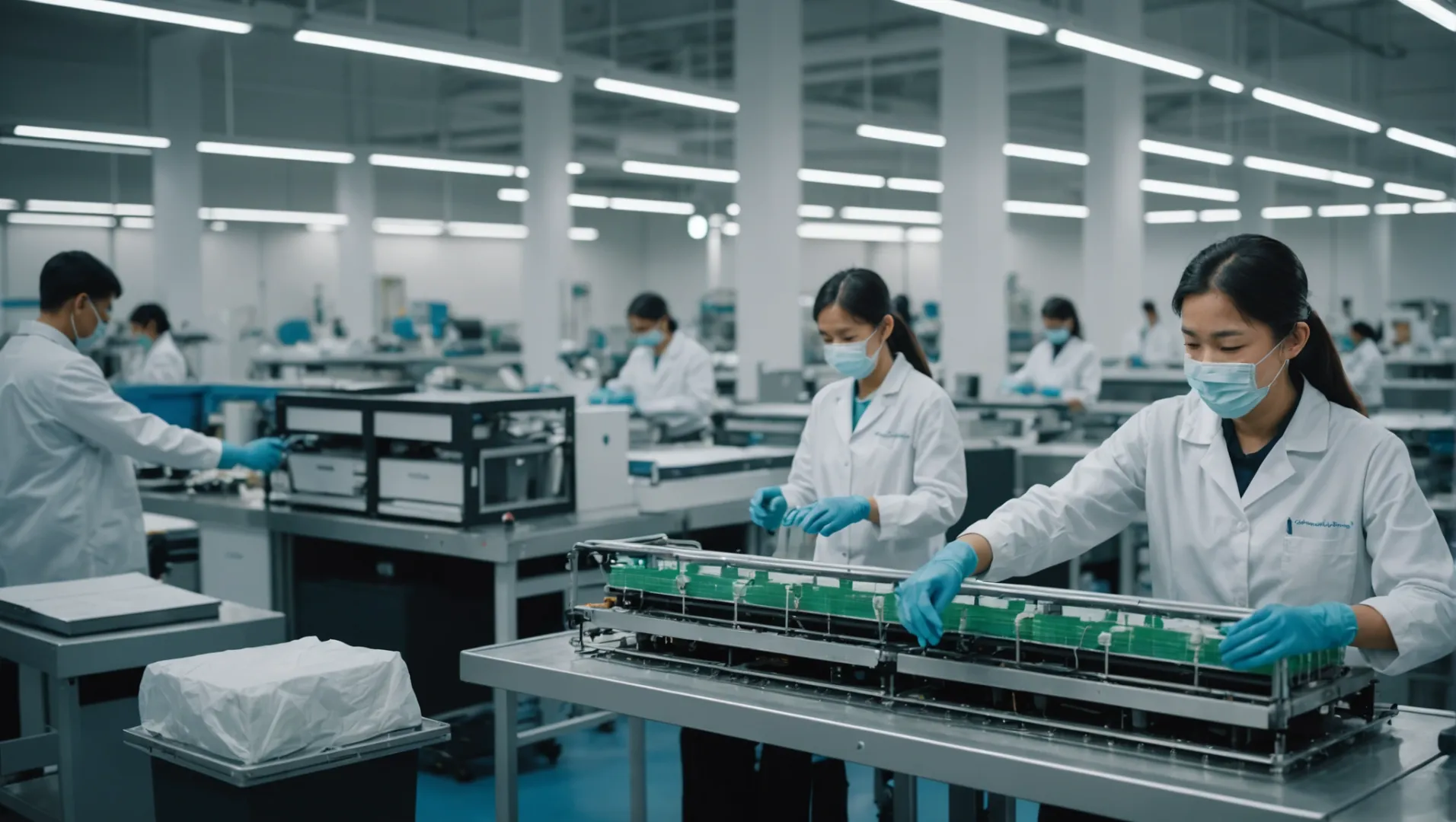
Understanding the "China+1" Strategy
The "China+1" strategy is a business approach where companies establish additional production facilities outside of China while maintaining their operations within the country. This strategy emerged as a response to increasing trade tensions, tariff impositions, and the need for supply chain diversification. For air purifier manufacturers, adopting this strategy can provide a buffer against potential disruptions.
Benefits of Diversification in Manufacturing
-
Risk Mitigation: By expanding production to another country, companies reduce their dependency on a single location. This is particularly beneficial in situations where tariffs or political issues might impact operations. With air purifiers, which often rely on complex supply chains, having a secondary manufacturing base can prevent costly delays.
-
Cost Management: Although China's manufacturing costs are generally lower, countries like Thailand present opportunities for competitive pricing when considering tariffs and logistical expenses. For instance, if U.S. tariffs on Chinese goods rise significantly, producing in Thailand—despite slightly higher production costs—could become more economical due to reduced tariff burdens.
-
Market Access: Establishing a presence in multiple countries can facilitate easier access to different markets. For air purifier companies, having production bases closer to key markets like Southeast Asia can result in quicker delivery times and potentially lower shipping costs.
Challenges and Considerations
Despite the advantages, there are challenges associated with implementing a "China+1" strategy:
-
Supply Chain Complexity: Managing supply chains across multiple countries can increase logistical complexity. Most components and raw materials for air purifiers still need to be imported from China, which could offset some cost benefits gained from diversifying.
-
Resource Allocation: Maintaining efficiency requires strategic allocation of resources between the primary and secondary production sites. Companies might need to invest in training and developing local R&D teams to ensure consistent product quality and innovation.
-
Cultural and Regulatory Differences: Navigating different regulatory environments and cultural nuances can pose additional challenges. Building local partnerships and understanding regional regulations are essential for smooth operations.
Future Outlook for Air Purifier Manufacturers
The "China+1" strategy is poised to play a crucial role in shaping the future of air purifier manufacturing. As global trade dynamics continue to evolve, companies that adapt by diversifying their production will likely enjoy increased resilience and market competitiveness. Exploring further into international trade trends8 could provide additional insights into how manufacturers can optimize their strategies for long-term success.
China+1 strategy reduces dependency on a single location.True
Diversifying production locations mitigates risks and enhances resilience.
Most air purifier components are sourced from Thailand.False
Components are primarily imported from China, not Thailand.
Conclusion
In conclusion, weighing the strengths of China against the emerging benefits of Thailand is essential for making informed sourcing decisions. Stay ahead of global trends to navigate this dynamic market.
-
Explore the intricacies of China's extensive supply chain network.: The China air purifier market size was estimated at USD 2.58 billion in 2023 and is expected to grow at a CAGR of 7.6% from 2024 to 2030. ↩
-
Learn about the advanced production technologies used in China.: That project consists of two parts. First, a seven-metre-tall tower sucks up polluted air, and cleans it at a nano-level. Second, the carbon ... ↩
-
Understand China's strategic geographic benefits for manufacturing.: Typical regional advantages include access to raw materials, access to component parts, cheap labour, specialised labour or logistics. ↩
-
Explore how R&D collaboration bridges production gaps between China and Thailand.: LESHA(Thailand) Co., Ltd. is one of the world's largest supplier of filters integrating R&D, production, sales and service. ↩
-
Discover potential new markets in Southeast Asia for expanding sales.: The Southeast Asia air purifier market is projected to register a CAGR of greater than 10.5% during the forecast period (2024-2029). ↩
-
Discover how ASEAN markets can boost regional distribution.: The Asean region has demonstrated its ability to adapt to changes in the global economic environment, with Asean countries well-equipped to ... ↩
-
Learn how diversifying supply chains can mitigate risks.: China Plus One is a diversification strategy that garnered global attention between 2014 and 2015 due to the escalating cost of labor in China. ↩
-
Understand evolving trade dynamics to optimize manufacturing strategies.: Re-shoring, near-shoring, and friend-shoring are all likely to become more widespread as firms react to the vulnerabilities in their supply ... ↩


